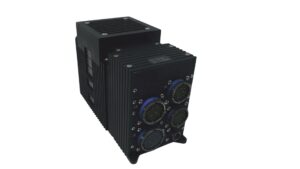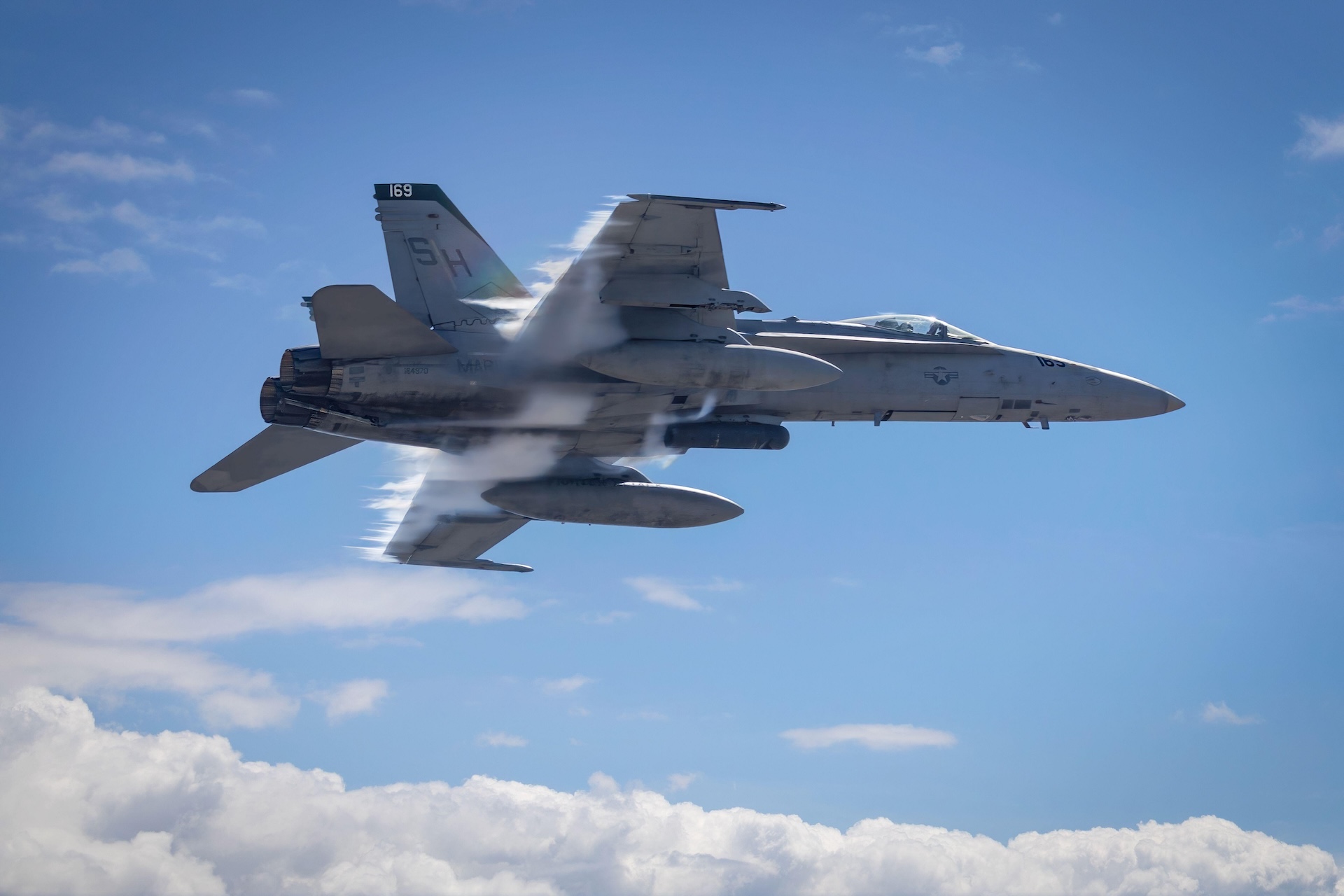From test instruments to fleet reliability tools
June 26, 2025
Compact flight recorders like the CALCULEX 1402 make it simple to add high-powered predictive maintenance capability.
Flight recorders developed for instrumentation are starting to be used to monitor and provide information to improve an aircraft’s reliability. By capturing and analyzing digital communications between aircraft systems, this approach can turn complex data streams into actionable maintenance information, potentially saving millions in maintenance costs while keeping more aircraft mission ready.
Collecting data that’s immediately turned into useful information is a game changer, and CALCULEX has several military-grade models well suited for these applications. Our 1400 RIPR family of recorders features compact, modular units capable of capturing vast quantities of data and integrating it with analytics software. Developed for newer jets, the Model 1401 can be stackable with different data input modules and rugged integrated processors to create a platform-specific configuration from off-the-shelf, qualified hardware. The Model 1402 increases the data storage protocol from SATA to NVMe, enabling a big jump in speed and total capacity while enabling data-at-rest encryption.
These highly adaptable systems are poised to transform how maintenance crews identify, predict and address potential aircraft failures.
Both devices utilize an IRIG 106 open standard for command, control, and data formatting. This standardized approach uses a STANAG 4575 directory system that organizes various data inputs — from analog voltage-level to digital ARINC 429 and MIL-STD-1553B bus data and high-speed Ethernet — into a comprehensive channel list. They can also record on removable memory modules (RMMs) as a Net Attached Storage in Network File System Format.

CALCULEX 1402 flight recorder
How it works
When recording begins with these battle-tested recorders, a file table defining these channels is written to the removable memory module. The recorder then captures each input, encapsulates it in a packet with a precise timestamp, and stores it sequentially. This time-correlation is crucial, as it ensures that all data with the same timestamp represents a synchronized “slice” of information across all channels. This enables analysts and modern artificial intelligence (AI) and machine learning (ML) tools to examine the exact state of multiple systems at any given moment during the flight.
To augment this capability, CALCULEX and our other Spectra Aerospace and Defense business units — Galleon Embedded Computing and ArgonFDS — have built a comprehensive data collection, recording, processing and visualization integrated system, with CALCULEX recorders at the core. This modular system is more than just a recorder; it is a data acquisition, processing, and decision-making ecosystem.
Our data processing and visualization software partner, Parraid, contributes to the capability with real-time data translation and on-platform, operations center user interfaces.
Improving mission readiness
The U.S. Air Force is prioritizing predictive maintenance and logistics to improve mission readiness across both legacy and new aircraft fleets. To facilitate this construct, full platform datasets are collected, offboarded and analyzed using the power of AI/ML in the cloud to predict component failures before they happen. These data sets enable the application of digital twins, where live and virtual platforms work in parallel to diagnose issues, establish maintenance schedules, and drive logistics based on operational data.
Originally designed for flight test instrumentation, these highly adaptable systems are poised to transform how maintenance crews identify, predict and address potential aircraft failures before they cause mission impacts or costly emergency repairs. The 1400 series of recorders and the full ecosystem of Spectra Aerospace and Defense — plus Parriad products and software tools — enable integration on any platform to make a big impact on fleet readiness.
Moving from crisis maintenance to predictive maintenance is a sure-fire way to save money, reduce downtime and increase service life. The fact that it’s a relatively simple and inexpensive addition to just about any fleet makes it highly likely we’ll see a lot more of this in the future.

